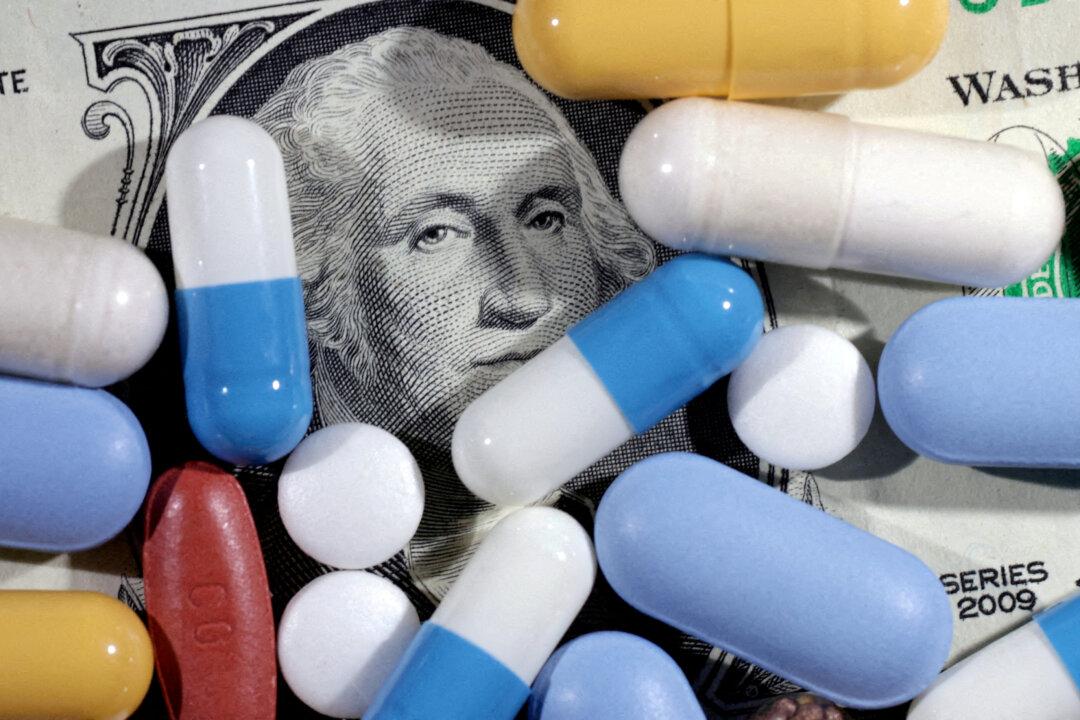Commentary
President Donald Trump has issued an executive order (EO) finally doing what should have been done decades ago. Government programs will pay only market prices for drugs and not the five and 10 times more that they pay now.

President Donald Trump has issued an executive order (EO) finally doing what should have been done decades ago. Government programs will pay only market prices for drugs and not the five and 10 times more that they pay now.